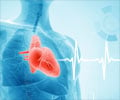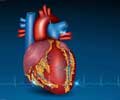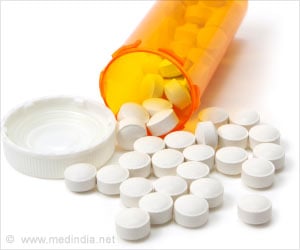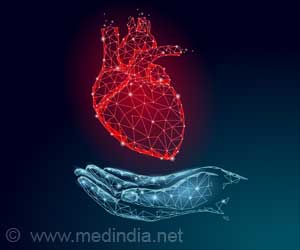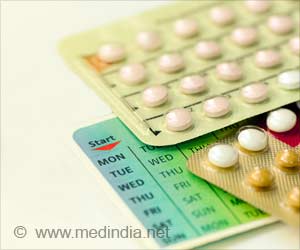Researchers revealed that they have successfully managed to completely reverse the effects of the hERG (human ether-a-go-go-related gene) mutation in long QT syndrome 2.
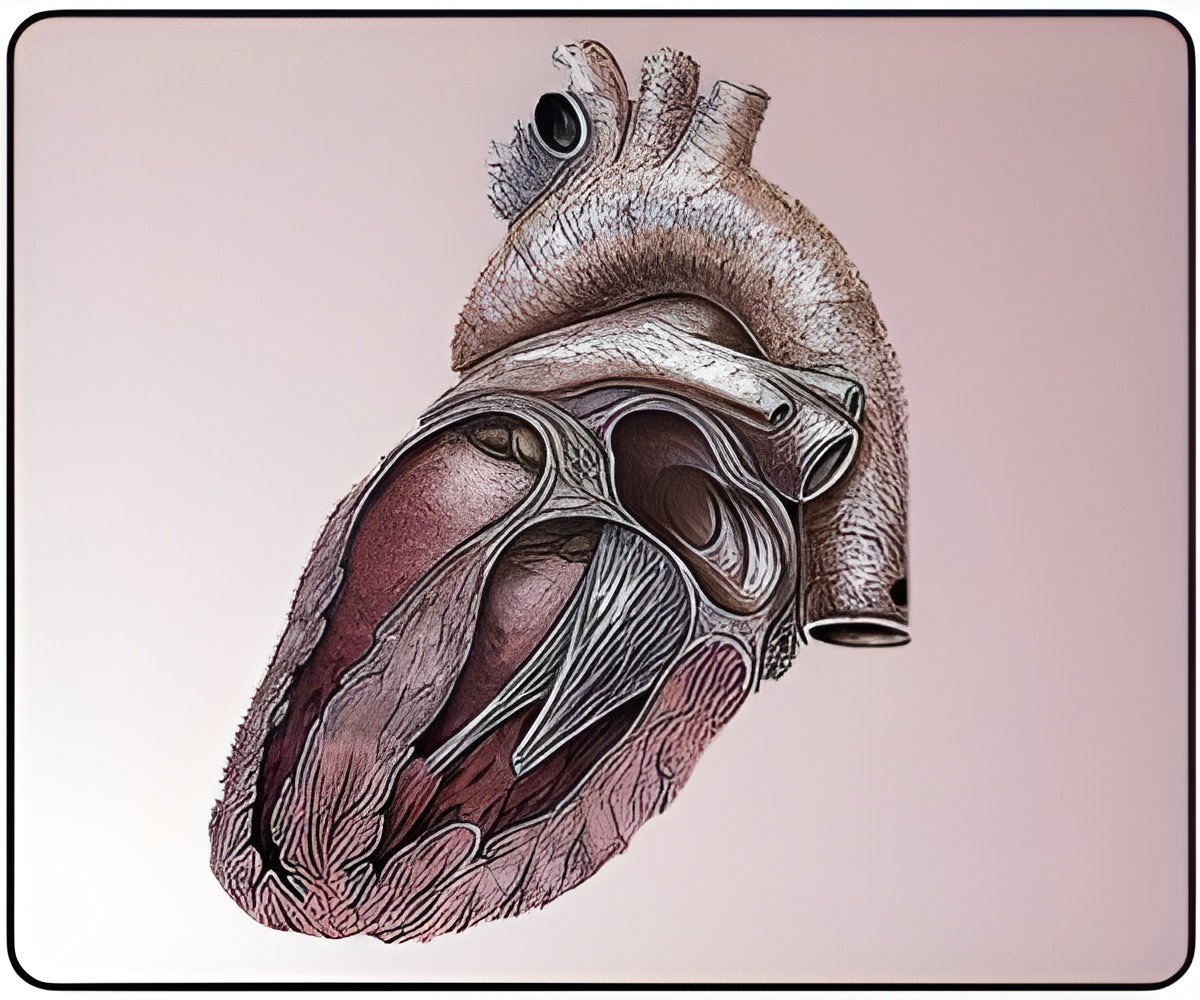
"For the first time, we have mimicked a patient's disease condition in a petri dish, understood the mechanism of long QT syndrome 2 on this platform, and successfully tailored a drug thatreverses the entire condition," said Associate Professor Philip Wong, Director, Research and Development Unit (RDU), NHCS.
Potential cure for long QT syndrome 2
To better study the disease, skin cells were obtained from a patient clinically diagnosed with long QT syndrome 2 caused by the hERG mutation. Using the skin cells, the NHCS researchteam generated human-induced pluripotent stem cells and reprogrammed these into heartcells. Pluripotent stem cells are among the most powerful stem cells and can be eprogrammed into any type of cells. The team found that the heart cells in a petri dish mirrored the patient's heart condition outside the body, allowing them to study the disease and test treatments accurately and repeatedly on the cells without any risk to the patient. By applying their understanding of the condition's fundamental disorder at the genetic level, the eam then tested various drug compounds and discovered a drug that could reverse the ffects of long QT syndrome 2, after a rigorous testing period of a year.
"With the efficacy aspect proven, we will be testing the therapy's safety profile as we move towards clinical applications," said Dr Ashish Mehta, Senior Research Scientist, RDU,NHCS, and lead investigator of the study.
Accelerated research discoveries
Advertisement
"Our breakthrough in hERG-related long QT syndrome 2 could potentially help to accelerate the development of new cures very much faster, perhaps within 5 to 8 years. It is a shortcutcompared to the conventional drug development route which could take 10 to 15 years," said Dr Winston Shim, Scientific Director, RDU, NHCS, "Another interesting point is that as the drug therapy is specific to the patient, there is a high chance that it will work on the individual whose skin cells were sampled for the study."
Advertisement
Long QT syndrome is a disorder of the heart's electrical activity which may cause one to develop a sudden, uncontrollable, and dangerous heart rhythm. It is mainly an inheritedcondition, with a prevalence of about 1 in 5,000 people in Singapore. Non-inherited long QT syndrome may be brought on by certain medicines or other medical conditions. Left untreated, more than half of those with inherited long QT syndrome die within 10 years. There are about 13 gene mutations causing variations of long QT syndrome, with long QT syndrome 2 being one of the most common.
"Unexplained sudden cardiac death in the young is rare. But when it does occur, long QT syndrome is often one of the causes," said Associate Professor Wong, "Most patients with long QT syndrome do not display any signs or symptoms, and they may only come to know of their condition if a family member has it, or it was diagnosed by a doctor after a routine electrocardiogram (ECG) or recent fainting episode."
Our heartbeats are controlled by electrical impulses within the heart muscle, and this electrical system recharges itself after each heartbeat. Patients with long QT syndrome willtake longer than normal to recharge between heartbeats, and this delay may result in a fast and chaotic heart rhythm which leads to sudden fainting, seizures and, if prolonged, suddencardiac death. The fainting spells may occur without warning when patients exercise, experience intense emotions or are startled by loud noises.
Those at risk include people with a family history of long QT syndrome, sudden death, unexplained fainting or seizures. The disease can be managed through a combination of medications and lifestyle changes, such as avoiding vigorous sports. To prevent suddencardiac death, patients with long QT syndrome may also be implanted with an automated implantable cardioverter defibrillator which delivers electrical shocks to reset the heart rhythm when the heart rate reaches dangerous levels.
This landmark research by a 10-member team is supported by the National Research Foundation Singapore under its Competitive Research Programme; the National Medical Research Council; and the Goh Foundation administered through Duke-NUS.
Since 2009, the NHCS research team has scored several breakthroughs in stem cell research. In 2011, the team succeeded in creating beating heart cells from patient's skin cells which could be used for heart repair and drug discovery. Last year, the team created the world's first human heart cell model of arrhythmogenic right ventricular cardiomyopathy (ARVC) to improve the understanding on how these mutations lead to arrhythmias and clinical manifestations of ARVC. With this innovative discovery of a new treatment in long QT syndrome 2, it marks a big step towards personalised medicine.
"Currently, we have been successful in providing a medicine to treat long QT syndrome 2. Moving forward, we can use similar disease models to introduce a gene that will correct that particular mutation in the body," said Dr Shim, "If that is successful, there is a possibility of permanently reversing the genetic condition without the need for any long term medication."
Source-Eurekalert








